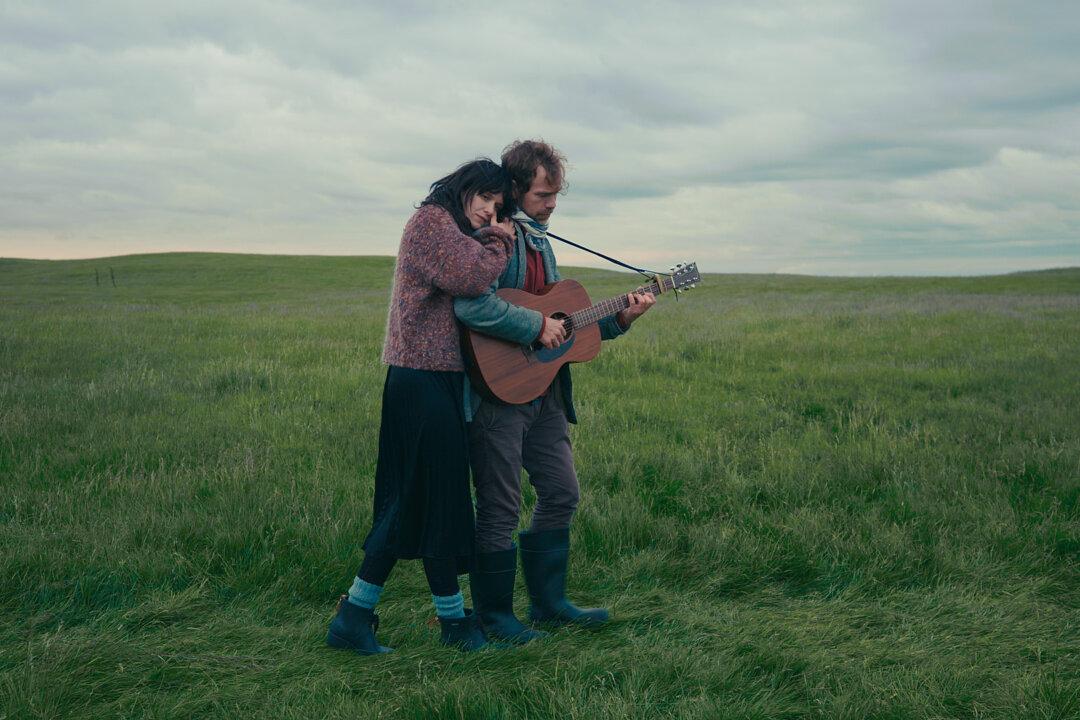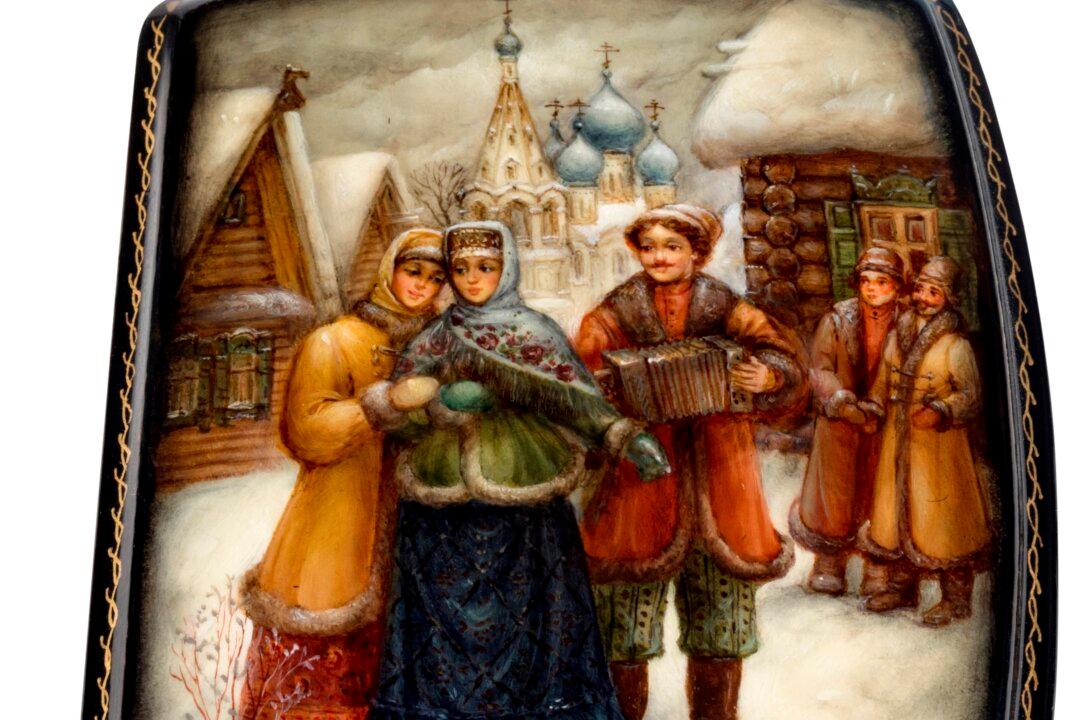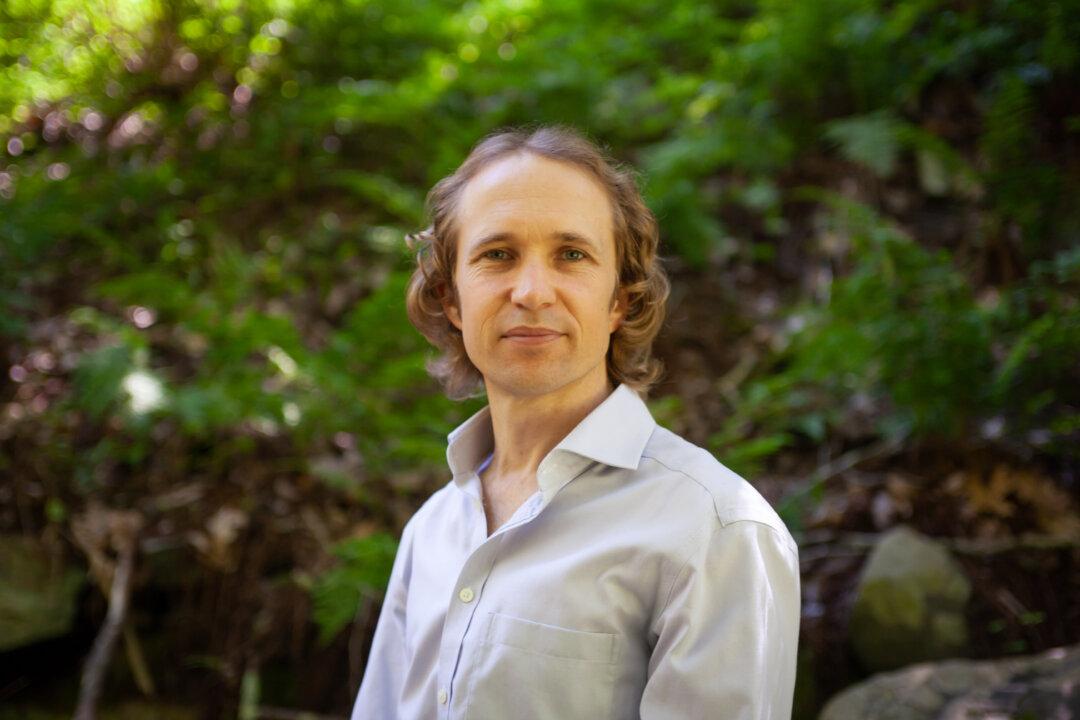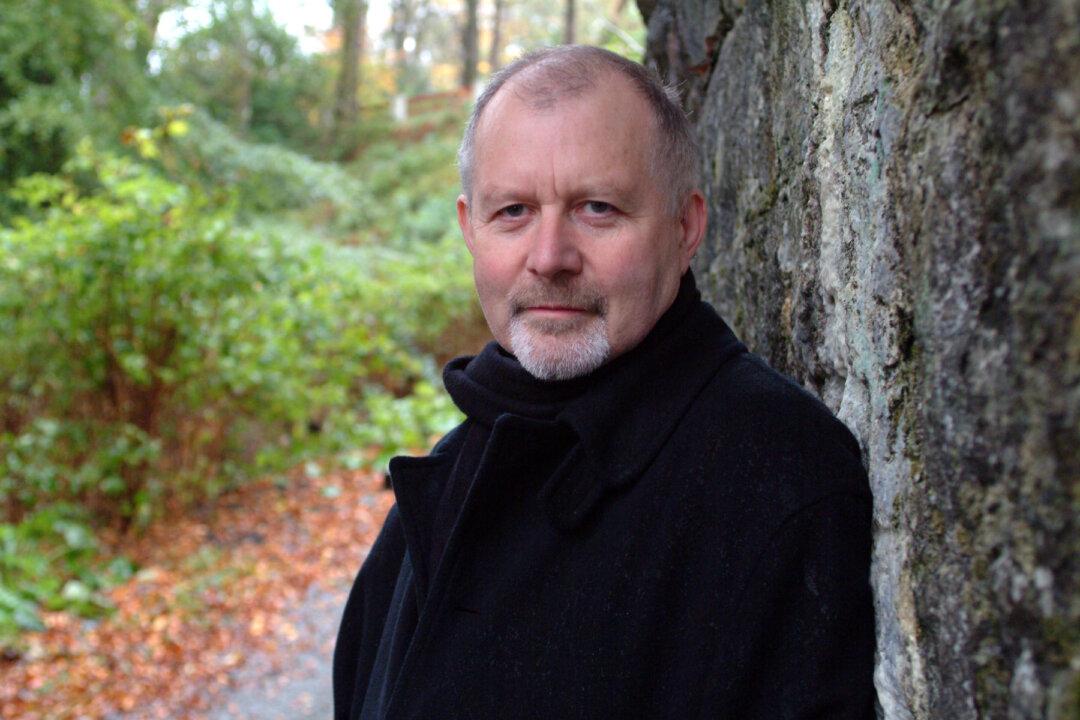NEW YORK—Sweet acoustic melodies floated out of The Met’s Robert Lehman Wing court as I peered down from one floor above the exhibition “Death Is Elsewhere,” going on until Sept. 2. As I walked down the stairs to the exhibition, I realized the Dutch Golden Age of painting installation encircled where I was heading. It was like a mandala of art—a small universe of beauty—with soft folk mantras pulling me into its center.
‘Death Is Elsewhere’ When Beauty Is Present
A touching Metropolitan Museum of Art exhibit depicting life and love

One of the couples made up from two sets of identical twins, in Ragnar Kjartansson’s “Death is Elsewhere.” The Metropolitan Museum of Art
|Updated:




